Harmonizer#
A harmonizer defines the relationship among randomized mutable attributes.
If the key-value pair in the description file has a key of harmonizer_type, it defines a harmonizer. A harmonizer constrains how a mutable attribute randomizes.
Permutation harmonizer
If harmonizer_type is permutate, it is a permutation harmonizer. When you free randomize a harmonized mutable attribute, you can specify a pitch as the input to the permutation harmonizer. Then the permutation harmonizer shuffles these inputs and sends back the value to the harmonized attribute, which in turn can be used in a transform operator in the harmonized randomize stage.
For example, to define three OROs, facing in three directions:
oro:
count: 3
type: geometry
subtype: mesh
usd_path: [PATH_TO_ORO]
transform_operators:
- translate:
- ($[../index] % $[../count] - 1) * 600
- 0
- 0
- rotateY: ($[../index] - 1) * 60
These three OROs have X-axis position -600, 0, 600; and they are rotated around Y-axis by -60, 0, 60 degrees.
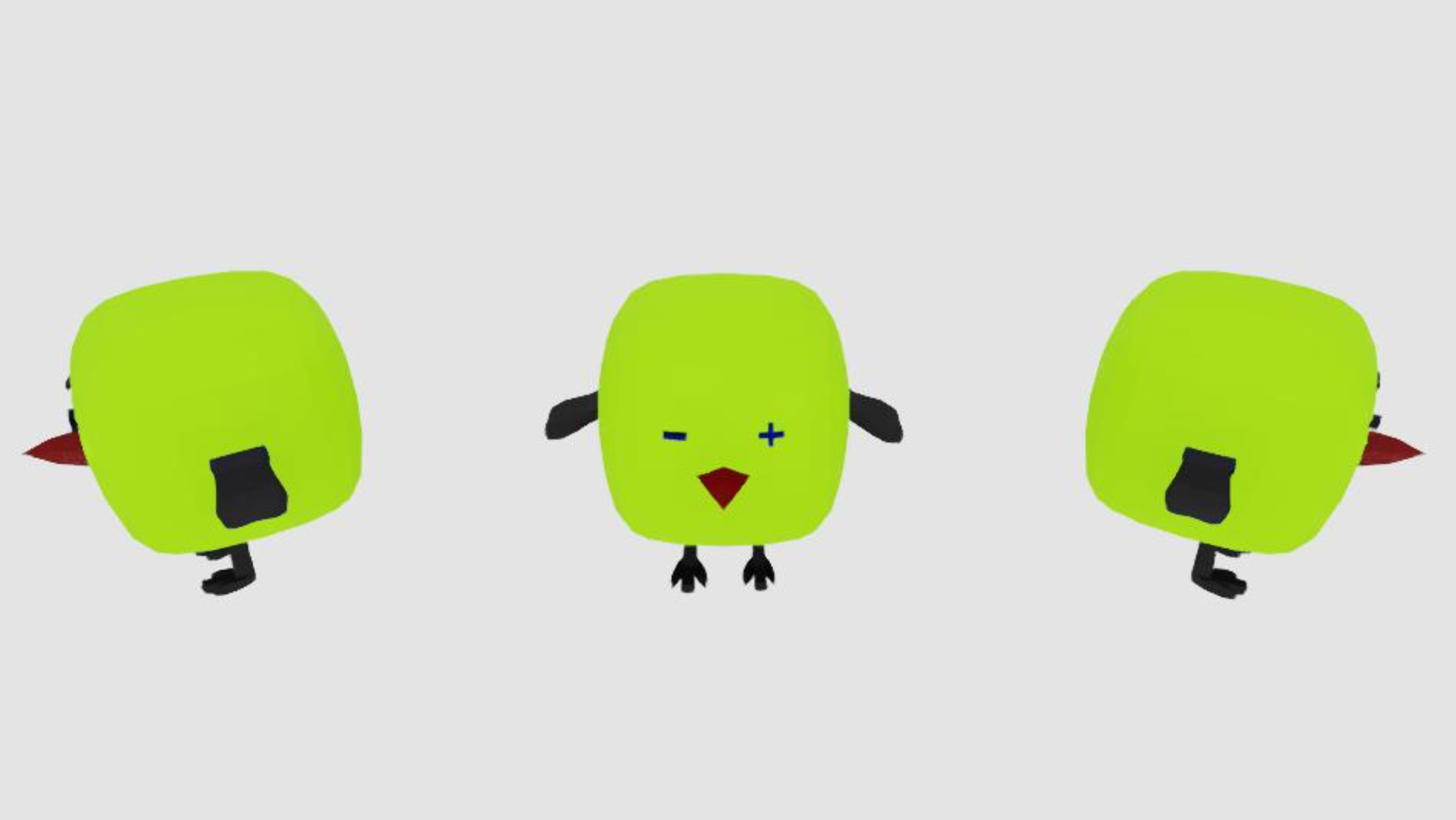
To shuffle the positions of these OROs, so that the ORO that rotates -60 degrees can appear to the right:
Define a mutable attribute permutated_index as harmonized. During the free randomize stage, it submits its index as its pitch to the harmonizer permutate_H, which is a permutation harmonizer.
oro:
...
permutated_index:
distribution_type: harmonized
harmonizer_name: permutate_H
pitch: $[index]
permutate_H:
harmonizer_type: permutate
During the harmonize stage, permutate_H shuffles the received pitches from all relevant harmonized mutable attributes and resonates them back to each of them.
During the harmonized randomize stage, permutated_index gets the shuffled value back. So you can use it in transform operators just like using an index.
oro:
...
transform_operators:
- translate:
- ($[permutated_index] % $[../count] - 1) * 600
- 0
- 0
- rotateY: ($[../index] - 1) * 60
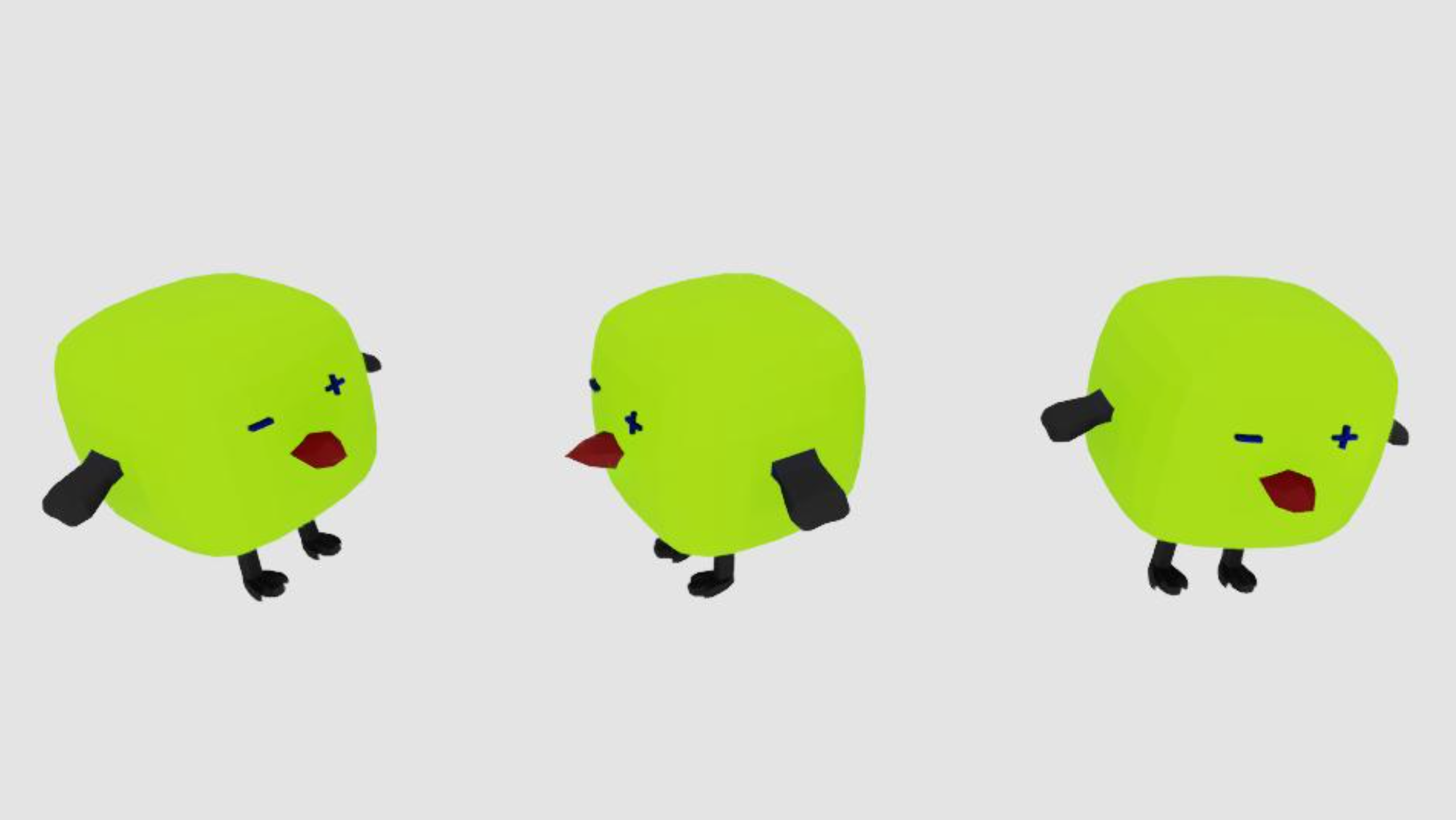

This feature can be used with any values within scope.
Bin pack harmonizer
If harmonizer_type is bin_pack, it is a bin pack harmonizer that packs objects into a cuboid space according to their axis-aligned bounding boxes. You can define a cuboid with custom dimensions like this:
bin_pack_H:
harmonizer_type: bin_pack
bin_size:
- 480
- 260
- 700
You can define many OROs, and pack them into this cuboid:
oro:
count: 200
physics: rigidbody
type: geometry
subtype: mesh
tracked: true
transform_operators:
- translate:
- 0
- 300
- 0
- transform:
distribution_type: harmonized
harmonizer_name: bin_pack_H
pitch: local_aabb
- scale:
- 30
- 30
- 30
usd_path: PATH_TO_ORO
For example, with many OROs densely packed together:
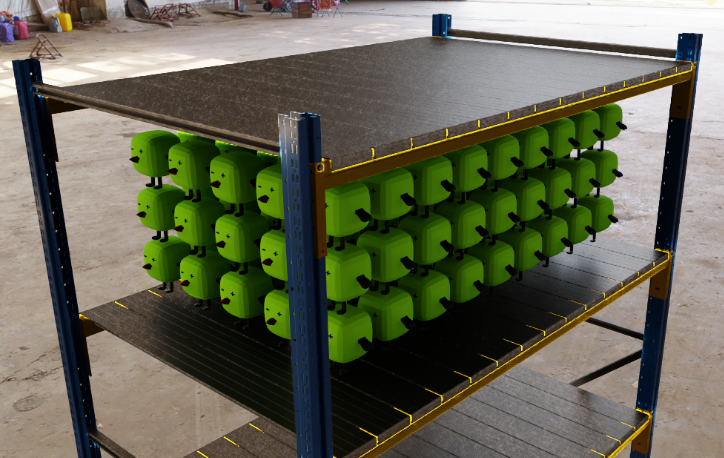
In this example, 200 OROs are spawned during initialization.
Here are some of the interesting examples of randomized scenes generated using the bin pack harmonizer.
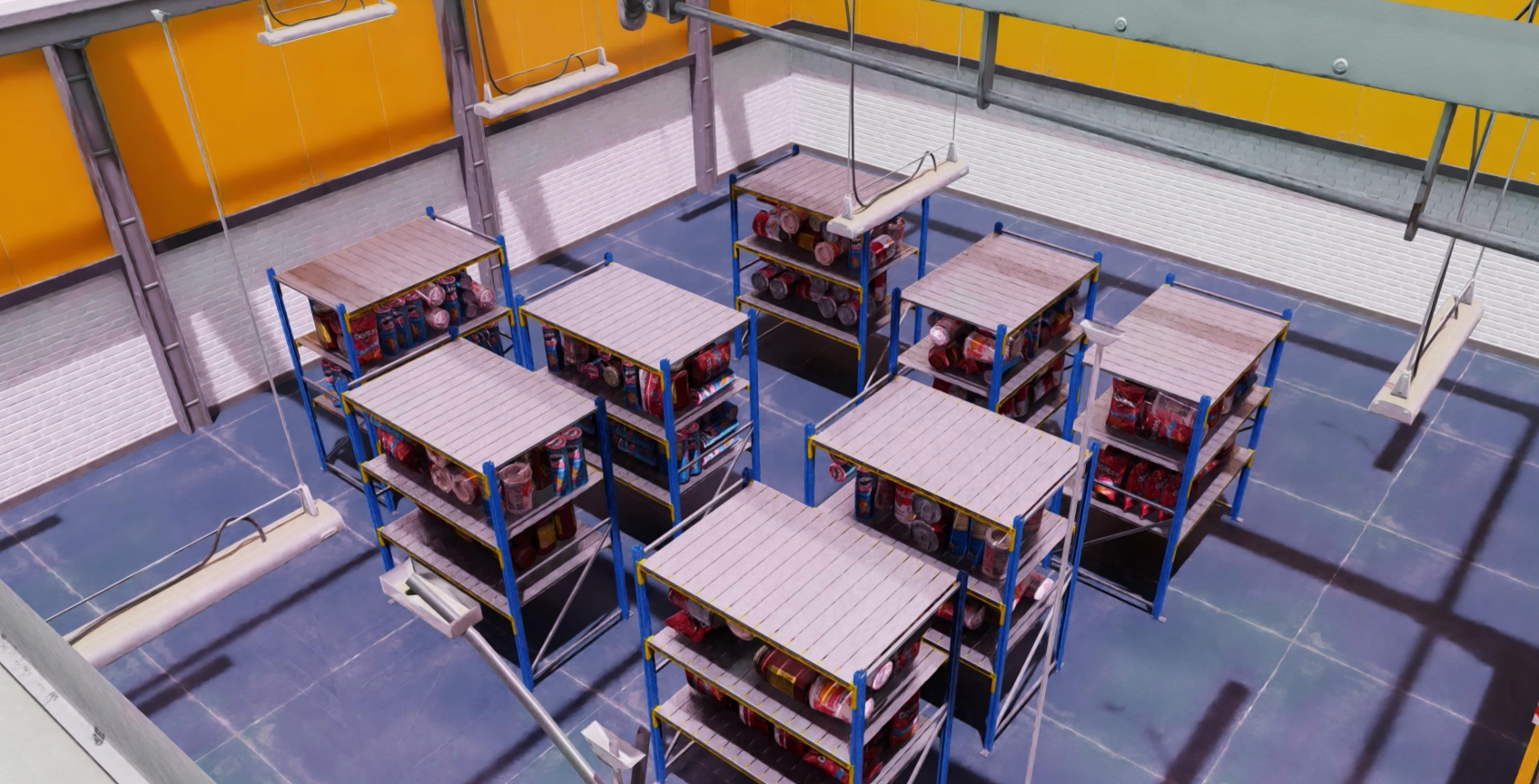
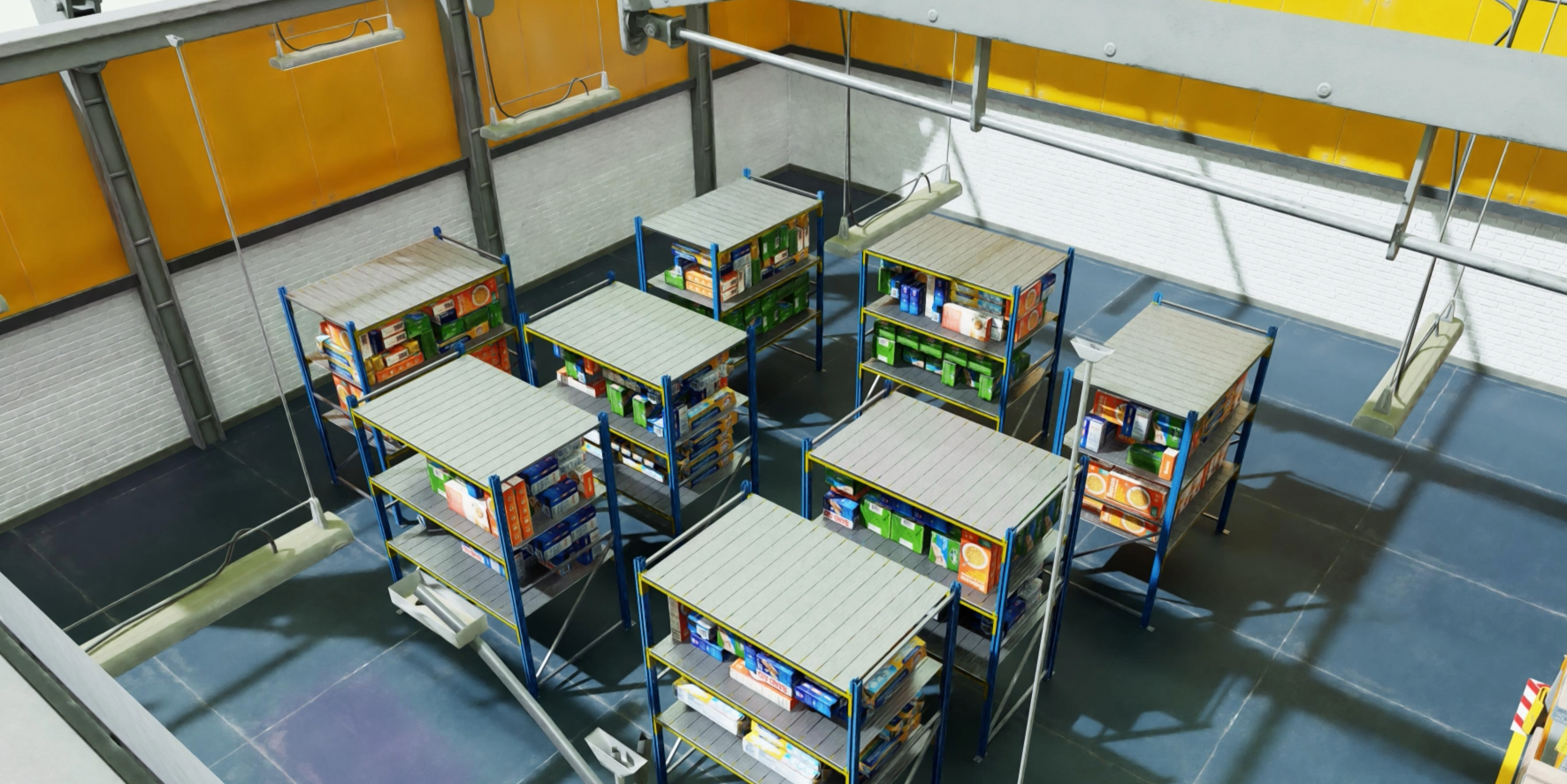


More insights can be found in the harmonization example.